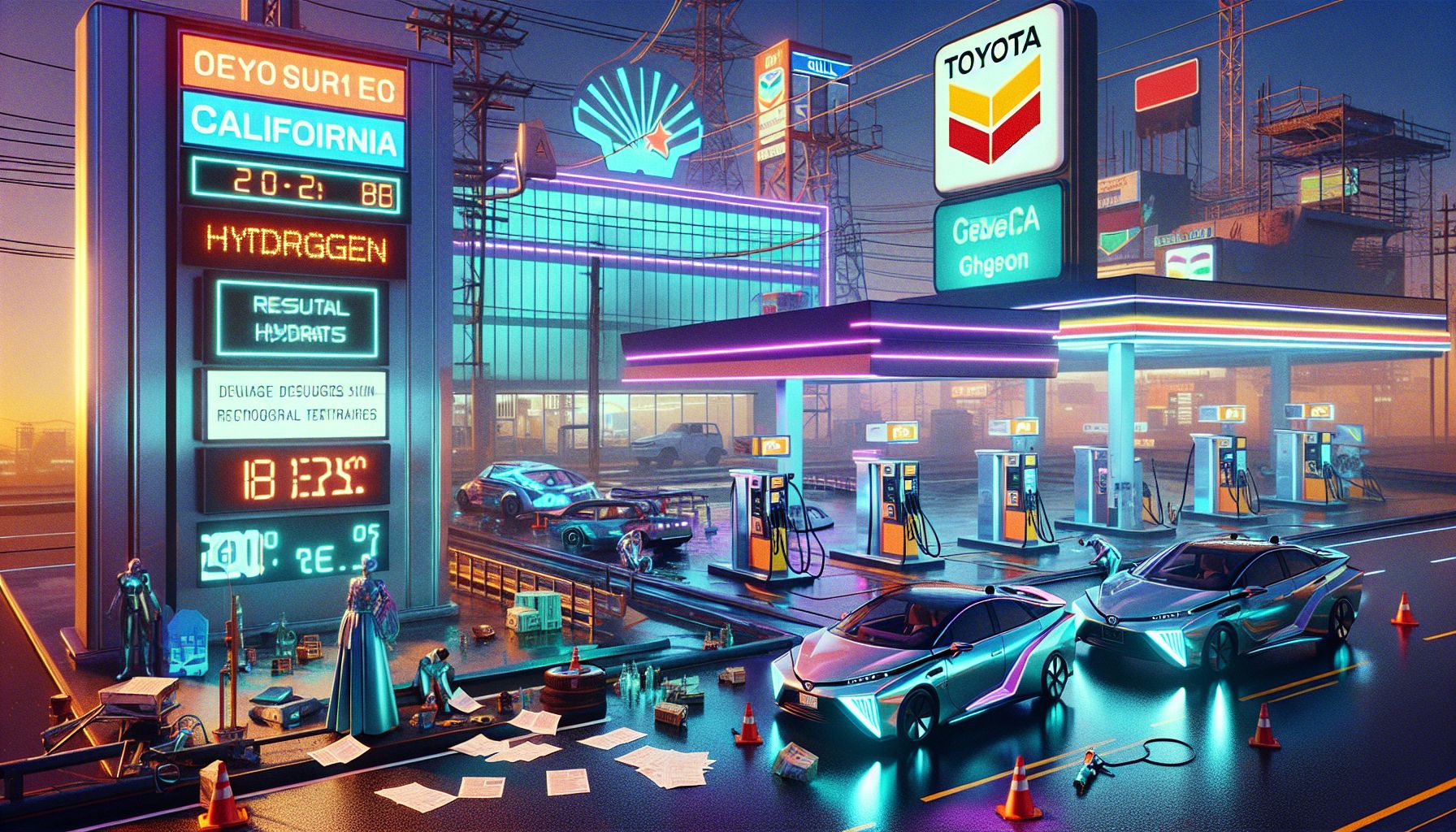Hydrogen Dreams to Nightmare: How a Norwegian Tech Failure Derailed California's Green Transport Revolution

California, Wednesday, 20 November 2024.
In a stunning revelation that shakes the future of clean transport, California’s ambitious hydrogen car programme has ground to a halt. Court documents expose how Nel ASA’s faulty fuelling stations, sold with false promises, left thousands of eco-conscious drivers stranded and Toyota’s flagship Mirai owners filing lawsuits. As Shell abandons its hydrogen network and Chevron backs away, this technological misfire raises crucial questions about rushing green innovations to market.
The Illusion of Progress
I remember the buzz around hydrogen cars not so long ago. It felt like we were on the cusp of a green transport revolution, with big names like Toyota, Shell, and Chevron leading the charge in California. But now, as I dig into the details, it’s clear that this dream has hit a massive roadblock. The Norwegian company Nel ASA, once a key player in this vision, is at the heart of the controversy, accused of selling faulty hydrogen fuelling stations that never really worked[1].
A House of Cards
The allegations are serious. Iwatani Corporation, a big player in the industrial gas market, claims Nel ASA not only sold them defective stations but actively concealed the fact that these stations were untested and not ready for real-world use[2]. Imagine buying a car, only to find out the engine is just a nice looking piece of metal. That’s essentially what happened here, and it’s not just about broken promises—it’s about fraud, plain and simple.
The Fallout Begins
The impact of this failure is staggering. California had invested heavily in hydrogen infrastructure, banking on these stations to fuel vehicles like Toyota’s Mirai. But with none of Nel’s installations operational, the state’s hydrogen car market has been left in tatters[3]. Shell has already closed its stations, and plans for expanding the network have been scrapped. It’s a classic case of what happens when technology leaps ahead of its practical application.
Lessons in Innovation
This debacle serves as a stark reminder of the pitfalls of rushing technology to market. While the promise of hydrogen cars remains tantalizing, the reality is that infrastructure needs to be thoroughly vetted and tested. This isn’t just a lesson for California or the companies involved—it’s a global wake-up call about the need for diligence in green innovation. The stakes are high, not just for the companies involved but for the future of sustainable transport.
Looking Ahead
As California pivots towards using hydrogen for heavy-duty transport, like trucks and buses, there’s hope that lessons learned from this mess will lead to a more stable and effective hydrogen market[2]. But for now, the state’s hydrogen dreams have hit a hard wall, and it’s up to regulators, companies, and innovators to pick up the pieces and move forward with caution and clarity. After all, the road to green energy shouldn’t be paved with shortcuts.